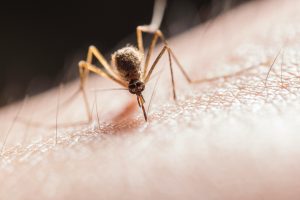4.1 Introduction: Probability

Learning Objectives
By the end of this chapter, the student should be able to:
- Communicate terminology related to probability.
- Find probabilities related to combinations of events.
- Determine whether two events are mutually exclusive or independent.
- Calculate probabilities using addition rules and multiplication rules.
- Calculate probabilities related to reliability.
It is often necessary to make our best guess about the outcome of an event in order to make a decision or select a course of action. Politicians study opinion polls to assess their likelihood of winning an election. Doctors choose the treatments for various diseases based on their assessment of likely results. You may have visited a casino where people play games chosen because of the belief that the likelihood of winning is good. You may have chosen your course of study based on the probable availability of jobs after graduation.
You have, more than likely, used probability thinking in your life. In fact, you probably have an intuitive sense of probability already. Probability deals with the chance of an event occurring in the future. Whenever you think about how likely an event is to happen, you are using probability. Because statistics is built on a foundation of probability, we must explore the foundations of probability in order to understand later concepts and processes. In this chapter, you will learn how to solve probability problems using a systematic approach.


Feedback/Errata